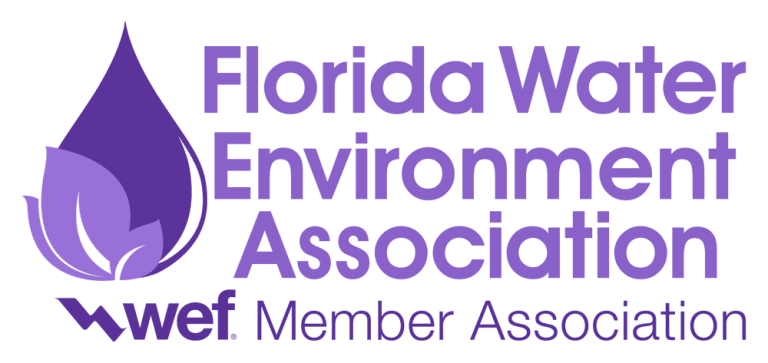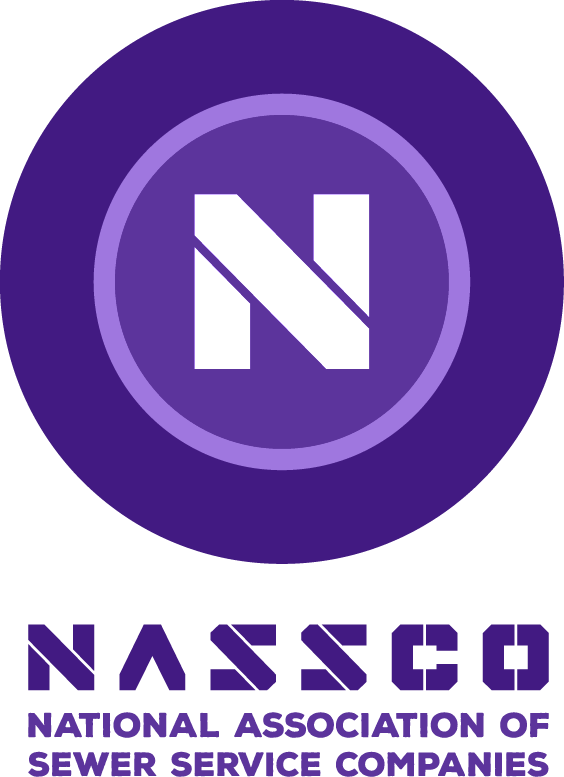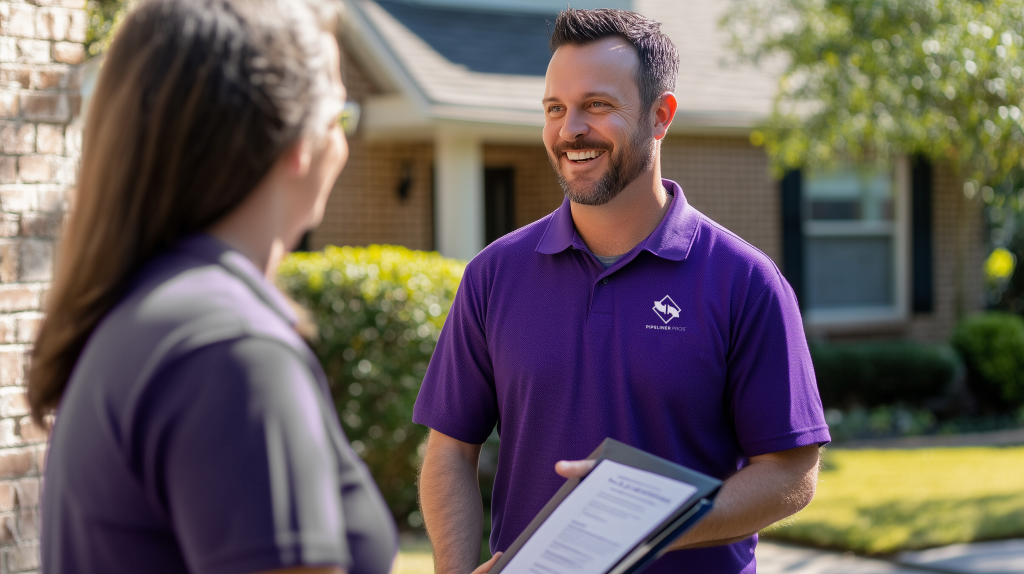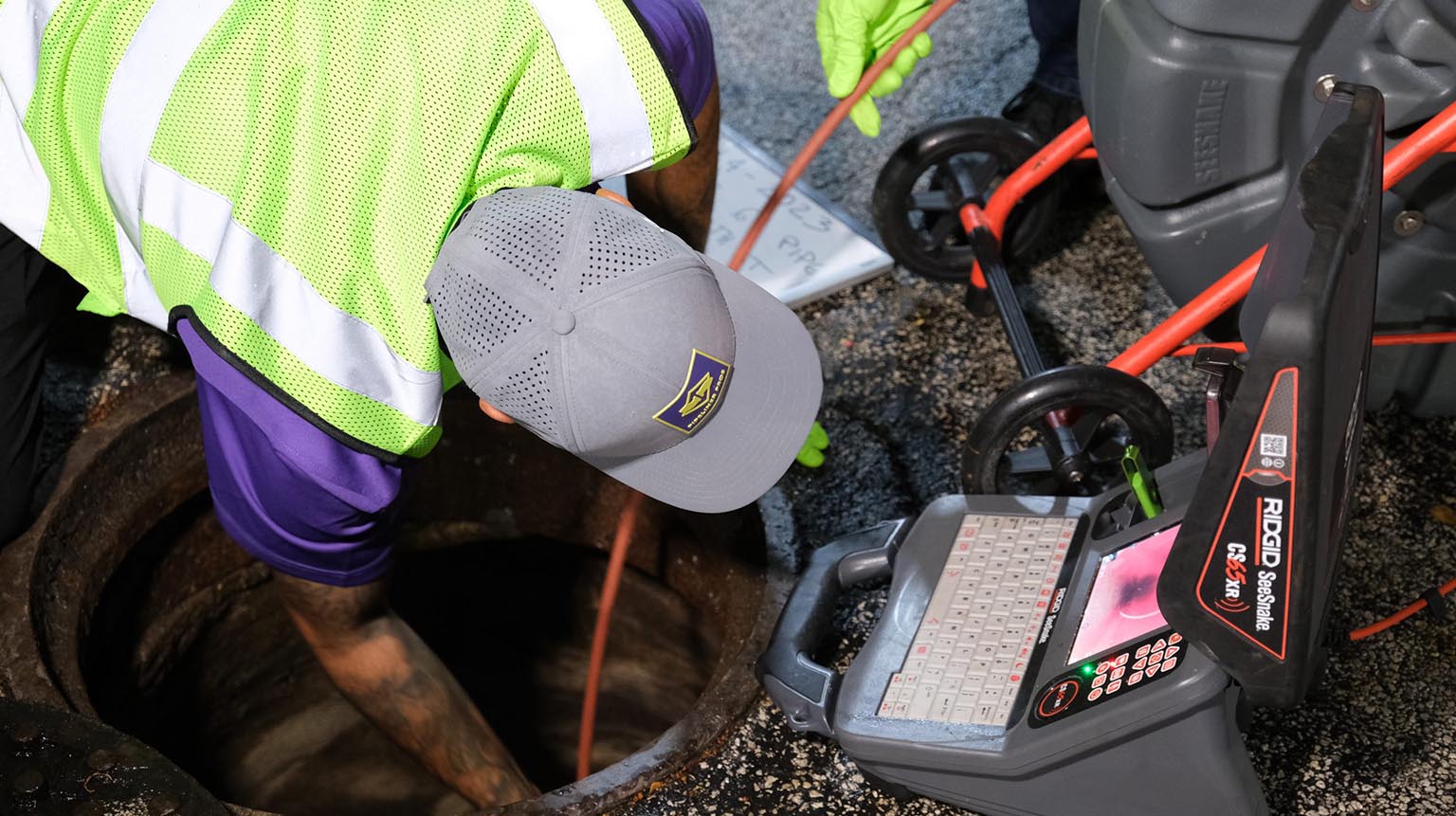In the critical world of pipeline maintenance and rehabilitation, selecting the right service provider is paramount. The integrity of your pipelines impacts operational efficiency and ensures the safety, compliance, and longevity of your infrastructure assets. This article outlines the key factors to consider when choosing a pipe rehabilitation provider, ensuring you make an informed decision that aligns with your current needs and long-term objectives.
Understanding the Stakes of Pipeline Rehabilitation
Pipeline rehabilitation is an essential aspect of asset management, crucial for maintaining the functionality and safety of pipeline systems. Given the complexities and technicalities involved, selecting a provider should not be taken lightly. The right provider can enhance your asset’s lifecycle, ensure compliance with environmental and safety regulations, and optimize operational efficiency.
-
Expertise and Experience
Industry Experience
One of the first and foremost factors to consider is the provider’s experience in the industry. Providers with a long-standing presence typically have a proven track record of handling diverse pipeline systems and challenges. Experience in a specific sector (like municipal, industrial, or residential) is precious, as it assures that the provider understands that sector’s unique requirements and challenges.
Technical Expertise
Technical expertise in various rehabilitation methods—such as Cured-in-Place Pipe (CIPP), slip lining, pipe bursting, and others—is crucial. Ensure the provider has certified engineers and technicians well-versed in the latest technologies and methods.
-
Reputation and References
Client Testimonials and Case Studies
A reputable provider should be able to supply client testimonials and detailed case studies that demonstrate their capability. These references are vital as they provide insight into the provider’s working style, adherence to timelines, and the quality of outcomes achieved.
Industry Recognition
Look for awards, certifications, and recognitions from industry bodies. These are indicators of a provider’s commitment to quality, safety, and continuous improvement.
-
Quality of Equipment and Materials
State-of-the-Art Technology
The quality of technology and equipment used in pipeline rehabilitation directly influences the work quality and the pipelines’ longevity. Providers investing in the latest technology will likely offer more efficient and effective solutions.
Material Quality
The materials used, especially in CIPP and other lining solutions, should meet the highest industry standards. High-quality materials contribute to the durability and functionality of rehabilitated pipelines, reducing the likelihood of future issues.
-
Compliance and Safety Standards
Regulatory Compliance
The provider must adhere to all relevant local, federal, and international regulations and standards. This compliance is crucial not just for legality but also for the safety and reliability of the rehabilitation work.
Safety Protocols
Examine the provider’s safety protocols and records. A focus on safe operations is critical, particularly in sensitive or high-risk environments, such as those involving potable water pipelines or hazardous materials.
-
Cost and Value Proposition
Transparent Pricing
Cost is always a consideration but should be weighed alongside the value offered. Providers should be transparent about pricing structures and provide precise, detailed quotes outlining all expected costs.
Value-Added Services
Consider providers who offer additional value, such as extended warranties, maintenance contracts, and post-rehabilitation support. These services can be crucial for long-term pipeline health and performance.
-
Flexibility and Responsiveness
Customized Solutions
Every pipeline system has unique challenges; hence, a one-size-fits-all approach is not advisable. A good provider offers customized solutions tailored to specific pipeline conditions and client needs.
Response to Emergencies
The ability to respond quickly to emergencies is a critical factor. Providers should have protocols in place for rapid response to prevent any potential damage or disruptions.
-
Sustainability Practices
Environmental Responsibility
Sustainability in pipeline rehabilitation involves using environmentally friendly methods and materials. Providers committed to sustainability help clients meet their environmental responsibility goals and reduce the ecological impact of their operations.
Conclusion
Selecting the right pipe rehabilitation provider is a strategic decision that impacts the immediate repair and maintenance needs and the long-term resilience and efficiency of your pipeline systems. By considering these factors—expertise, reputation, technology, compliance, cost, responsiveness, and sustainability—you can choose a provider that will meet and exceed your expectations.
For facility managers and operators, the stakes are high, and the choice is clear: prioritize quality, reliability, and a provider’s holistic approach to pipeline rehabilitation to safeguard your infrastructure assets for years to come.












